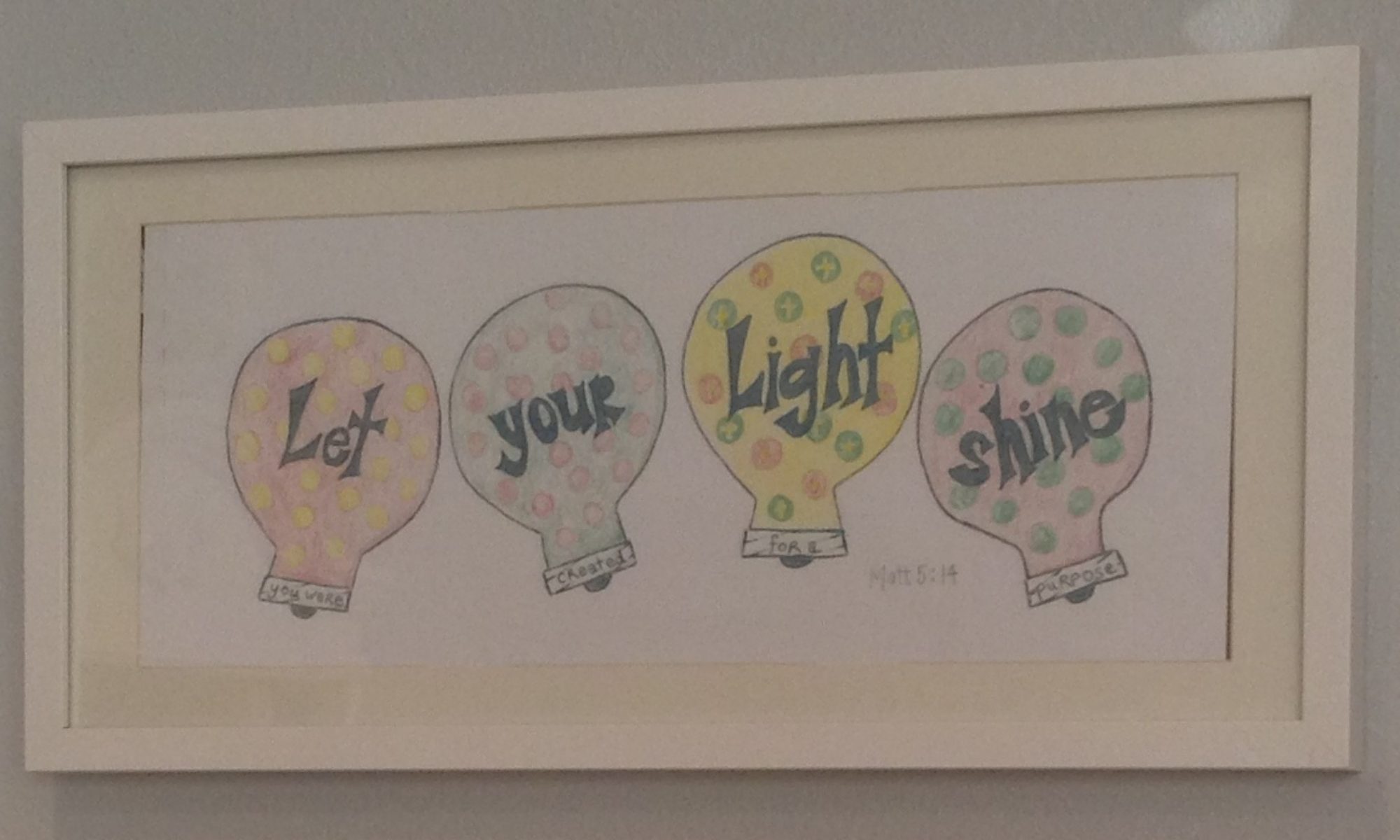Whenever my class reads their assigned section of the class novel, they can expect to be responding by writing. That is why I make sure they are so very diligent with their annotations.
 Thankfully, as discussed in my previous post regarding Notice and Note Signposts, it is much easier for them to identify the concrete details or examples to cite from the book to insert into their literary responses. One of my group of readers is reading Uprising by Margaret Haddix. After reading through about half of the book, I have them STOP and think about one of the protagonists. They have a choice between Bella, Yetta or Jane. Once they pick one, they are to characterize her. In other words, how would they describe her in a “two-chunk” Schaffer paragraph. This is just an approximately 11-sentence paragraph which utilizes 2 direct examples from their reading. They must make commentary about each example and include a topic sentence and concluding sentence. It may be structured as assigned, but they have become masterful about embedding text into their paragraphs seamlessly. They must make it flow with proper transitions.
Thankfully, as discussed in my previous post regarding Notice and Note Signposts, it is much easier for them to identify the concrete details or examples to cite from the book to insert into their literary responses. One of my group of readers is reading Uprising by Margaret Haddix. After reading through about half of the book, I have them STOP and think about one of the protagonists. They have a choice between Bella, Yetta or Jane. Once they pick one, they are to characterize her. In other words, how would they describe her in a “two-chunk” Schaffer paragraph. This is just an approximately 11-sentence paragraph which utilizes 2 direct examples from their reading. They must make commentary about each example and include a topic sentence and concluding sentence. It may be structured as assigned, but they have become masterful about embedding text into their paragraphs seamlessly. They must make it flow with proper transitions.
Now, this is where they can scour their annotations (they focus on the C & C mainly) and find some examples that would support their chosen character which they can see changing and growing in the book.
Here are a few samples from my 8th graders from this book:



The other book going in the class parallels this with history regarding Ellis Island entry and the Triangle Shirtwaist Factory fire, Ashes of Roses by Mary Jane Auch
Here are a few writing samples from this book:



This is only the start. I plan on introducing the next signpost (Tough Questions) when I feel they have mastered AHA and C & C. In the meantime, they are mastering the literary responses thanks to the ease of annotating as they read.
